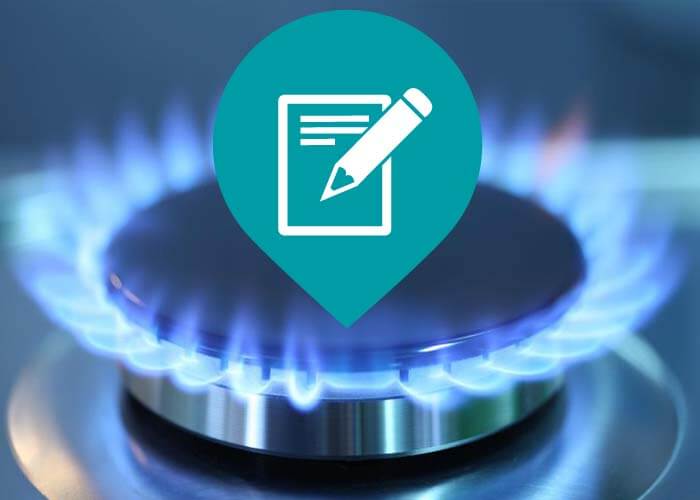
Exactly how Does the Natural Gas Shipment System Work?
How Does the Gas Shipment System Job?
Gas streaming from greater to reduce stress is the fundamental principle of the gas delivery system. The amount of pressure in a pipeline is gauged in extra pounds per square inch.
From the well, the natural gas goes into "event" lines, which resemble branches on a tree, obtaining bigger as they obtain closer to the main collection point.
Gathering Solutions
An event system may require one or more area compressors to relocate the gas to the pipeline or the handling plant. A compressor is a maker driven by an internal burning engine or wind turbine that creates stress to "press" the gas with the lines. Many compressors in the gas shipment system use a percentage of natural gas from their very own lines as gas.
Some gas event systems include a processing facility, which executes such features as getting rid of contaminations like water, co2 or sulfur that may wear away a pipeline, or inert gases, such as helium, that would lower the energy value of the gas. Processing plants additionally can remove small quantities of lp as well as butane. These gases are used for chemical feedstocks as well as other applications.
The Transmission System
From the gathering system, the natural gas actions into the transmission system, which is typically composed of regarding 272,000 miles of high-strength steel piper.
These large transmission lines for gas can be contrasted to the country's interstate highway system for autos. They relocate big quantities of gas countless miles from the producing areas to local distribution companies (LDCs). The pressure of gas in each section of line usually ranges from 200 extra pounds to 1,500 extra pounds per square inch, depending upon the type of area in which the pipeline is running. As a safety measure, pipelines are designed as well as created to deal with far more pressure than is ever before actually reached in the system. For instance, pipelines in more inhabited areas run at less than half of their layout stress level.
Numerous major interstate pipes are "knotted"-- there are two or more lines running parallel to each other in the same right of way. This provides maximum ability throughout periods of peak need.
Compressor Stations
Compressor stations lie roughly every 50 to 60 miles along each pipe to increase the stress that is lost with the rubbing of the gas moving with the steel pipeline. Numerous compressor terminals are entirely automated, so the equipment can be started or quit from a pipe's main control room. The control room can likewise from another location run shut-off shutoffs along the transmission system. The drivers of the system maintain detailed operating data on each compressor station, and also continually readjust the mix of engines that are going to make the most of performance as well as security.
Gas moves via the transmission system at approximately 30 miles per hour, so it takes several days for gas from Texas to arrive at an utility invoice factor in the Northeast. In the process, there are numerous affiliations with other pipes and various other utility systems, which supplies system operators a large amount of versatility in relocating gas.
Linepack
A 50-mile section of 42-inch transmission line operating at about 1,000 extra pounds of stress includes about 200 million cubic feet of gas-- adequate to power a kitchen range for greater than 2,000 years. The amount of gas in the pipe is called the "linepack.".
By increasing and Check out this site also lowering the pressure on any pipe segment, a pipe firm can make use of the sector to save gas during durations when there is less need at the end of the pipe. Utilizing linepack by doing this allows pipe operators to deal with per hour changes in demand really effectively.
Natural gas pipelines and utilities make use of really sophisticated computer system designs of customer demand for gas, which connect everyday and also per hour consumption patterns with seasonal and also ecological elements. That's why clients can rely on the integrity of gas-- when it's required, it exists.
Gateway Terminals.
When the gas in a transmission pipeline reaches a local gas utility, it normally goes through a "entrance station." Energies often have entrance stations receiving gas at various places and from numerous different pipes. Entrance terminals serve 3 purposes. Initially, they minimize the pressure in the line from transmission levels (200 to 1,500 extra pounds) to distribution degrees, which vary from 1/4 pound to 200 pounds. Then an odorant, the distinct sour fragrance associated with natural gas, is included, so that consumers can smell even small quantities of gas. Lastly, eviction terminal gauges the circulation rate of the gas to identify the amount being gotten by the utility.